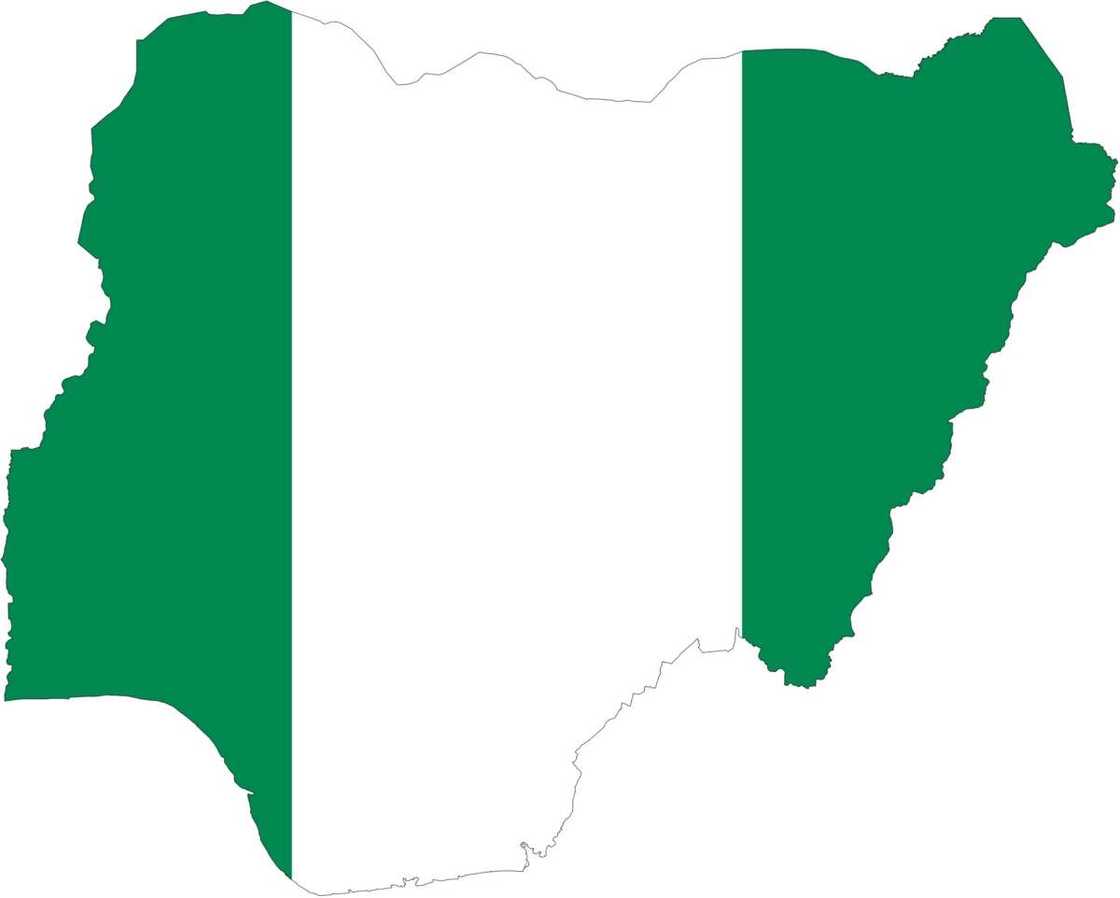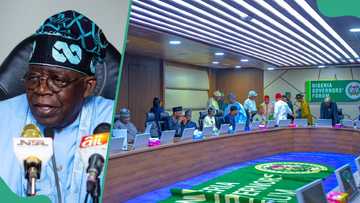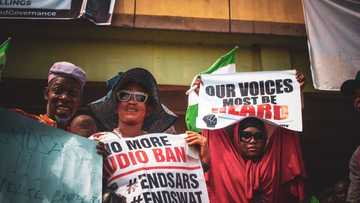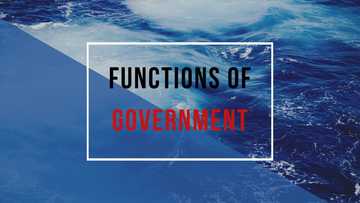How many tiers of government do we have in Nigeria?
If you are interested in the workings of your country, then you would probably want to know a little bit more about its government. Today, we are going to answer the question “How many tiers of government do we have in Nigeria?” Find out about the different tiers of government in Nigeria.

Government structure
Government of Nigeria consists of three tiers:
- Federal government;
- State governments;
- Local governments.
In this hierarchy, the most powerful tier is, obviously, the federal government, while state and local governments are in more subordinate positions. Every tier is relatively independent, and all of them have their separate roles.
That said, in order for the country to work properly, there must be communication and cooperation between the tiers. When it comes to that, state governments function as a bridge between local governments and the federal government.
Now, let’s take some time to learn a little bit more about each tier.
What is federal government?

Federal government is the highest tier of the government structure. It was formed in 1963, and its founding document is the Constitution of Nigeria. It consists of three branches, namely legislative, executive, and judicial. The legislative branch is represented by the bicameral National Assembly, executive power is held by the president, and judicial arm is the Supreme Court of Nigeria.
Federal government is responsible for dealing with defence, internal security and intelligence, foreign affairs, fiscal transfers, customs, immigration, environmental protection, policing, water resources and so much more. It is also involved in various affairs that are mostly carried out by the States.
What is state government?

State government is the middle tier in the government structure. As there are 36 states in Nigeria, there are also 36 state governments. As for the Federal Capital Territory, it has a ministry instead of a government.
Like the federal government, state governments have legislative, executive and judiciary branches. Legislative branch is the unicameral state House of Assembly, executive arm is the Governor who is the head of the State Executive Council, and the judiciary power is held by the state’s High Court and Chief Justice.
State governments are responsible for everything that is not the federal government’s responsibility, even though sometimes both of these tiers are involved. Among some major state responsibilities are hospitals, schools, sport and recreation, roads and public transportation, agriculture, consumer affairs, prisons, police and so on.
What is local government?

READ ALSO: 20 local government in Lagos state and their headquarters
Local government is the lowest tier in the government structure. You might not know this, but there are actually 774 local government areas (LGAs) in Nigeria, meaning that there are 774 local governments in the country, each administered by a Local Government Council. They all vary in character and size. Every LGA is further divided into wards.
Local governments are responsible for small local matters, such as public health, waste disposal, local roads and footpaths, parks, libraries, tax collection and so on. When it comes to larger projects, local government work with their state government to achieve results. This tier of government is meant to bring power closer to the people. Unfortunately, in Nigeria, local governments struggle from the lack of autonomy from the state governments, as well as from the lack of funds.
That was a quick overview of the three tiers of government in Nigeria. Now you know that there is the federal government, 36 state governments and 774 local governments, each laden with their own functions and responsibilities that sometimes overlap. We hope that you have been able to learn something new about the workings of your country.
READ ALSO: Relationship between the three tiers of government in Nigeria
Source: Legit.ng





